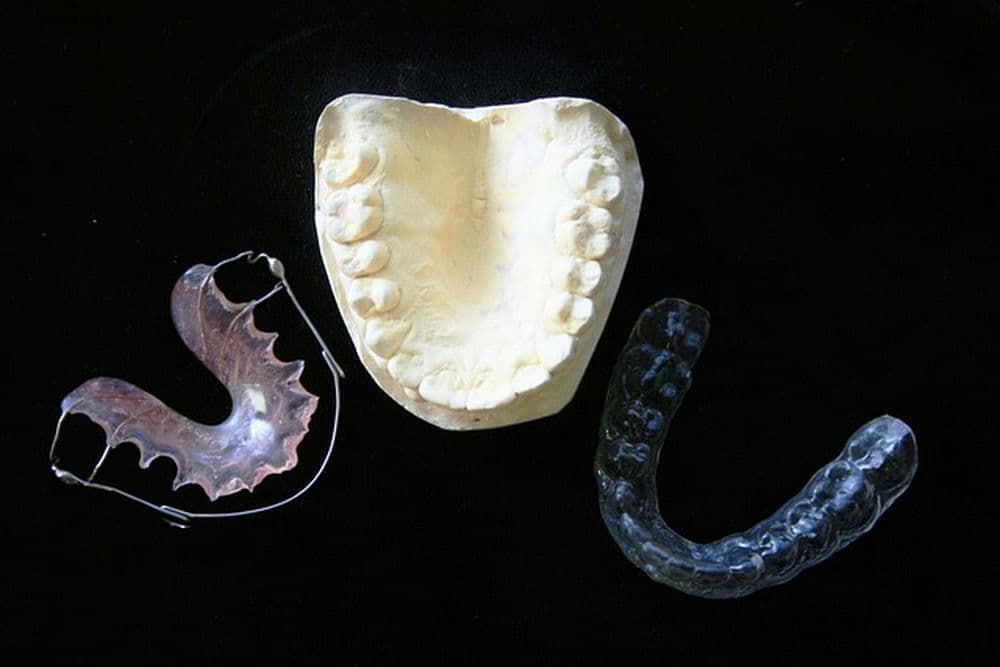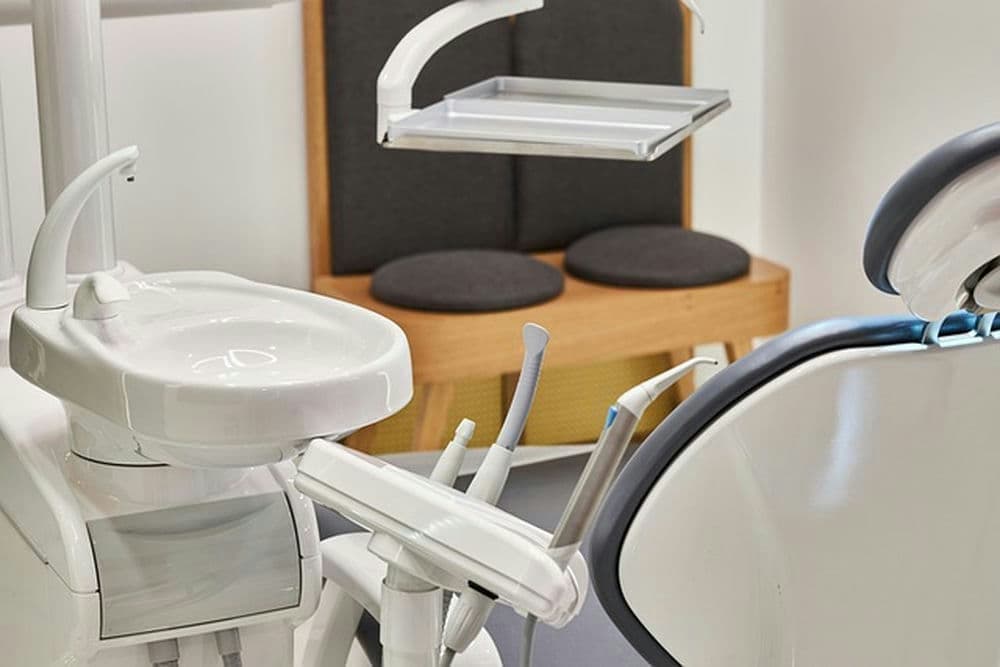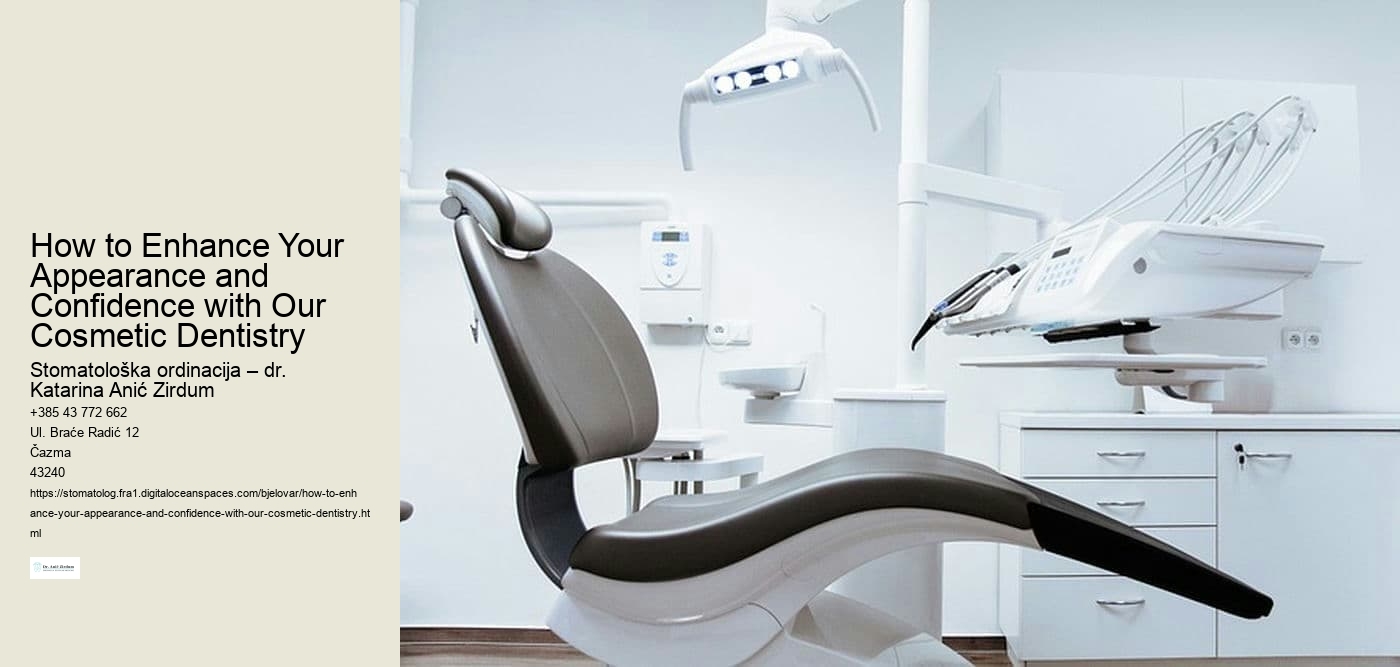
dental implants cost per tooth
There are a number of alternative types are dental implants which can be used based in your need.
)Smoke or use tobacco items. Have large bone loss in your jaw. Have poor oral hygiene. Have extensive tooth decay. Have active or untreated gum disease. Have certain health situations, akin to bone issues or autoimmune diseases. Every person is various with a unique health historical past. To discover needless to say if you qualify for dental implants, confer with your dentist. How long does it take to recover from dental implant surgical procedure?Dental implant recuperation times can vary, but most individuals can resume normal things to do in about three days. Even so, it can still take a number of months in your jawbone to fuse across the implant. This process is osseointegration, and it’s important for the long-term achievement and balance of your dental implant.
snap in dental implants
William Roe has placed hundreds of implants and could fortunately spend the time to clarify the details of the system and answer your questions.
Your dental team talks to you in regards to the remedy option that is best for you. This could be:not having any treatmentpreparing other teeth for crowns or bridgeshaving a unique design of dentureWhile many treatment options can restoration missing teeth, dental implants are among the best teeth replacement options in Houston. These restorations exchange the tooth's root and crown, creating the main herbal-searching and reliable outcomes. Our implant expert and periodontist can exchange one or distinctive teeth with implants. Thanks to his wide education, he can finished all the system in his office. A dental implant is a small post usually made from biocompatible titanium fabric it is surgically placed in the jawbone.


affordable dental implants
In these cases, your dentist could make a short lived (usually detachable) restoration so that you can wear in the course of the healing phase.
To place the abutment:Your oral health care professional reopens your gum to show the dental implantThe abutment is connected to the dental implantThe gum tissue is then closed around, but not over, the abutmentIn some cases, the abutment is attached to the dental implant metal post when the post is implanted. That means you won't need an extra surgical step. Because the abutment juts past the gumline, even though, it's visible when you open your mouth — and it'll be that way until your dentist completes the tooth prosthesis. Some people do not like that appearance and like to have the abutment placed in a separate process. After the abutment is placed, your gums must heal for about two weeks before the artificial tooth can be attached. Choosing your new artificial teethOnce your gums heal, you'll have more impressions product of your mouth and last teeth. These impressions are used to make the crown — your realistic-searching synthetic tooth. The crown cannot be placed until your jawbone is powerful enough to support use of the new tooth. You and your dental expert can choose artificial teeth which are removable, fixed or a combination of both:Removable. This type is similar to a traditional detachable denture and may be a partial or full denture. It comprises synthetic white teeth surrounded by pink plastic gum.
all on four dental implants
Possible risks include:Infection.
It may take several months for the transplanted bone to grow enough new bone to help a dental implant. In some cases, you may wish only minor bone grafting, which are done at an identical time as the implant surgery. The situation of your jawbone determines how you proceed. Placing the dental implantDuring surgery to put the dental implant, your oral surgeon makes a cut to open your gum and expose the bone. Holes are drilled into the bone where the dental implant metal post can be placed. Since the post will serve as the tooth root, it's implanted deep into the bone. At this point, you'll still have a gap where your tooth is lacking. A type of partial, brief denture can be placed for appearance, if needed. You can remove this denture for cleansing and when you sleep. Waiting for bone growthOnce the metal implant post is placed to your jawbone, osseointegration (oss-ee-oh-in-tuh-GRAY-shun) begins. During this method, the jawbone grows into and unites with the floor of the dental implant.
